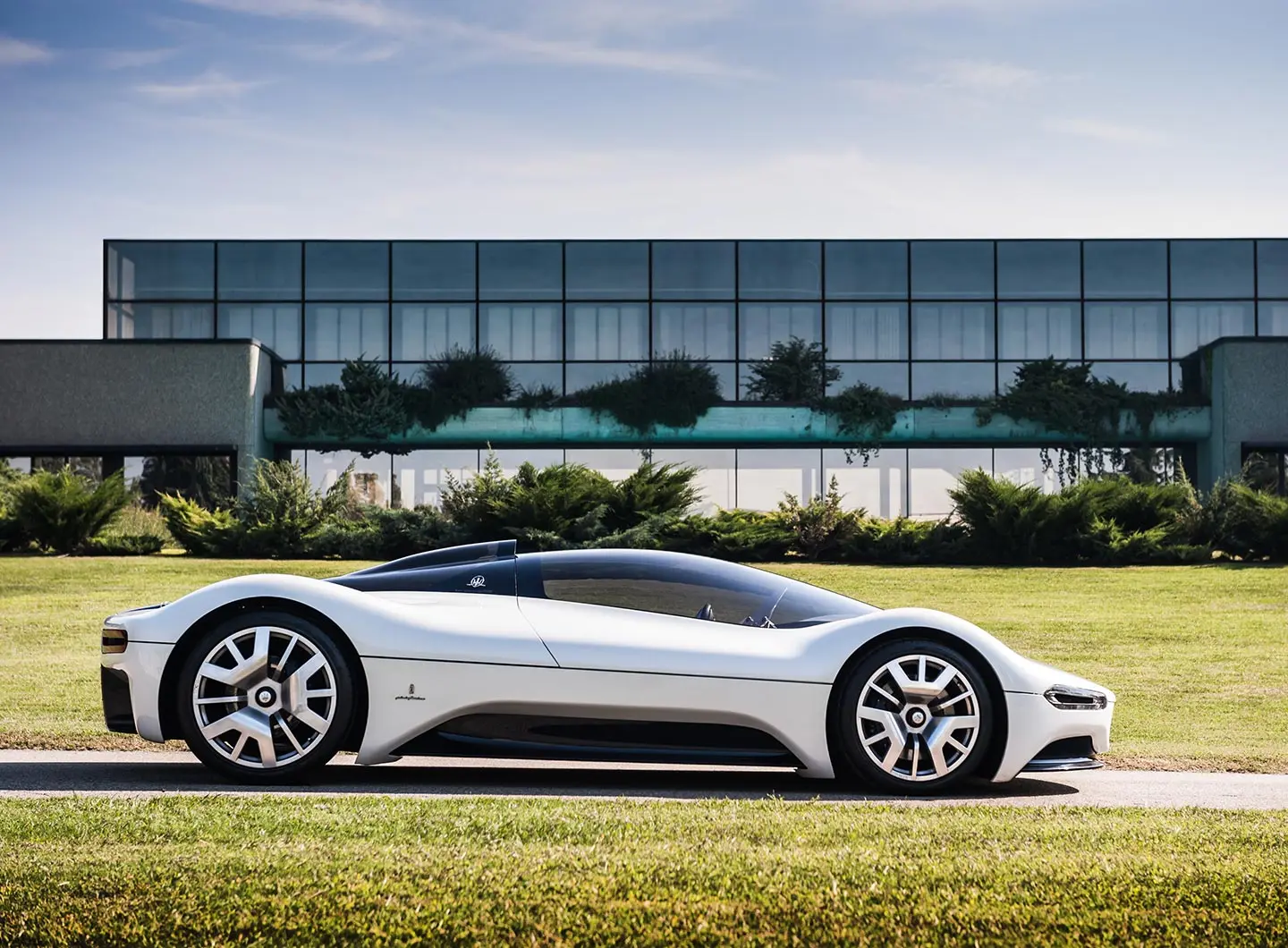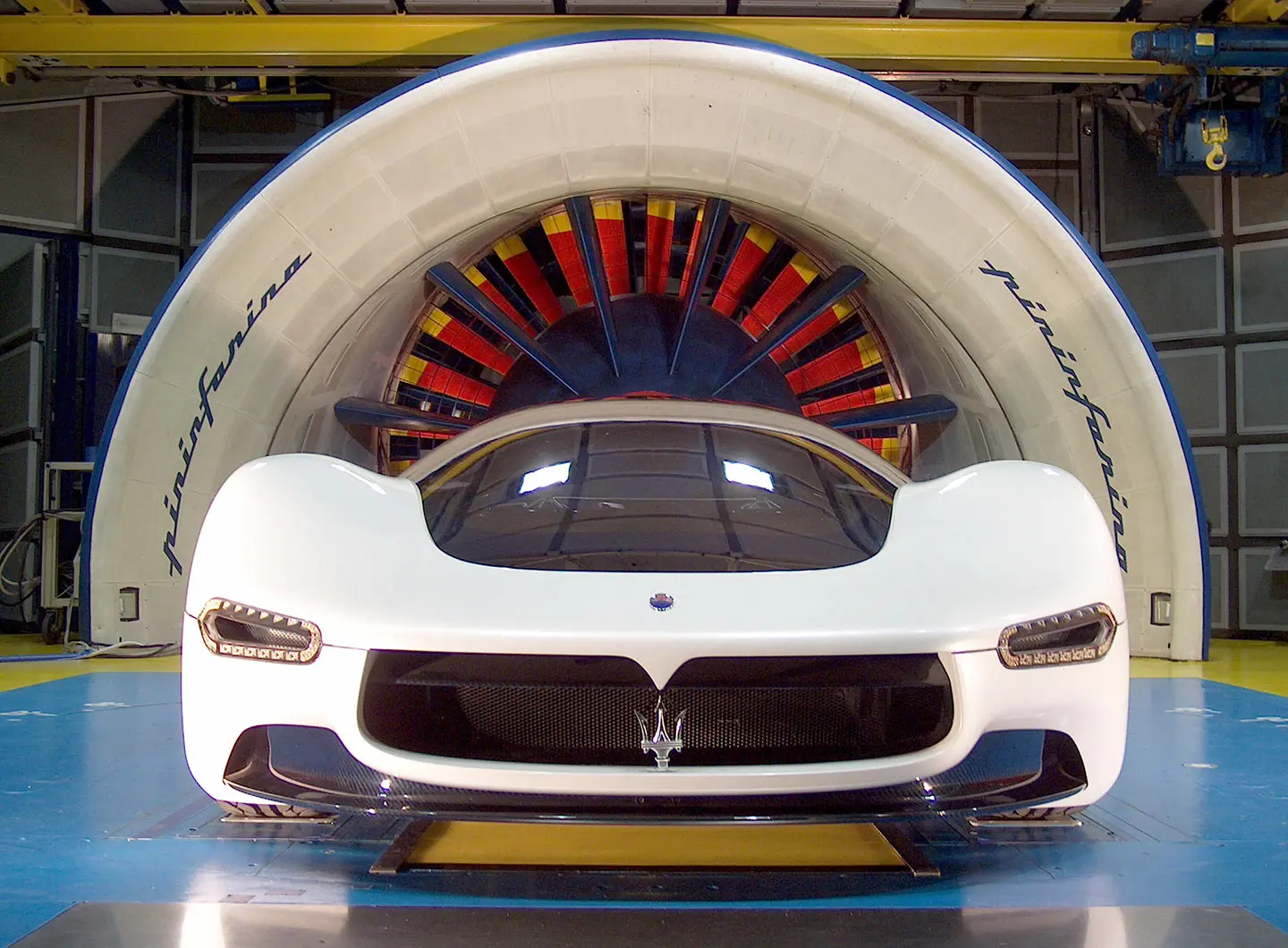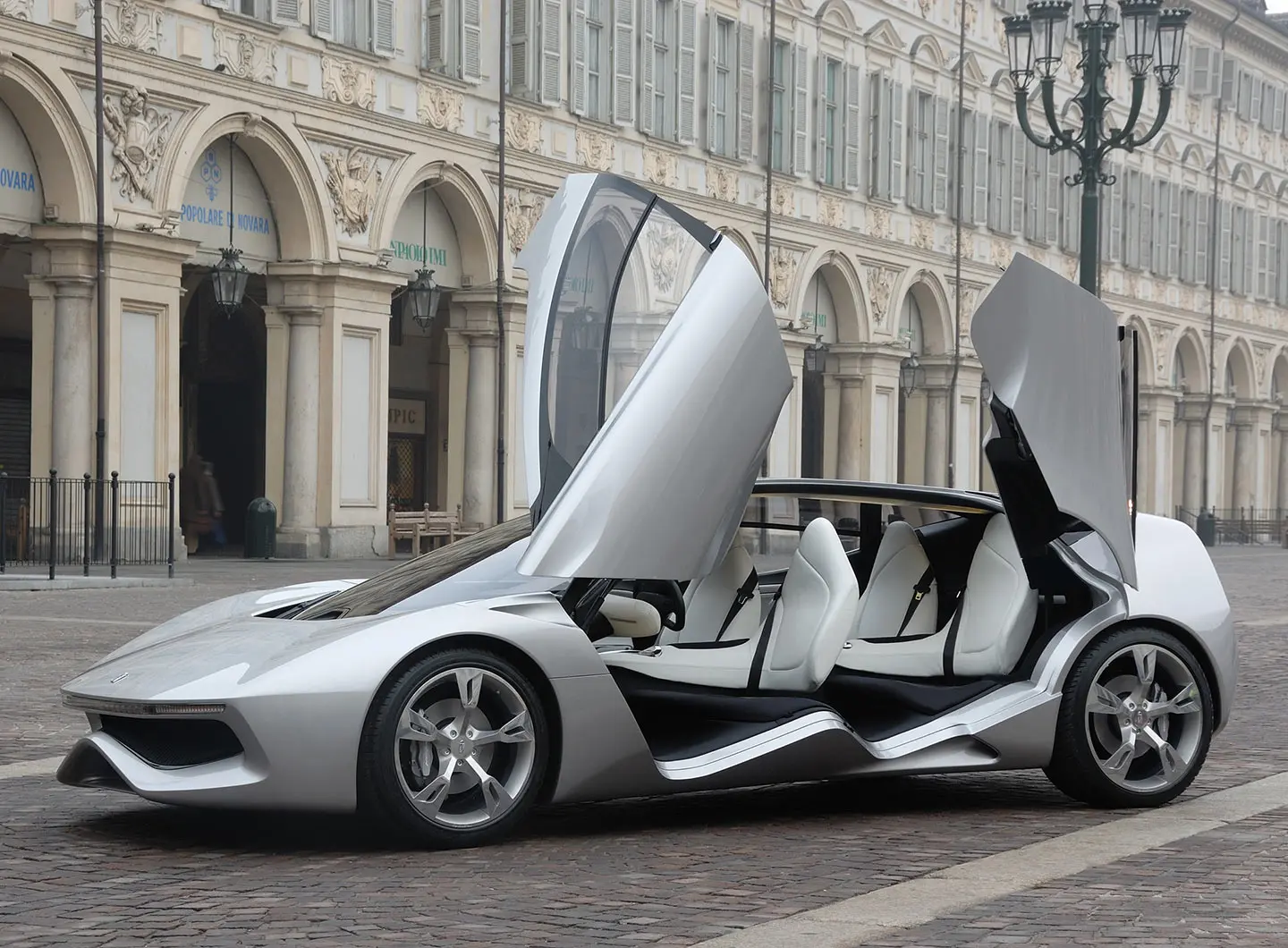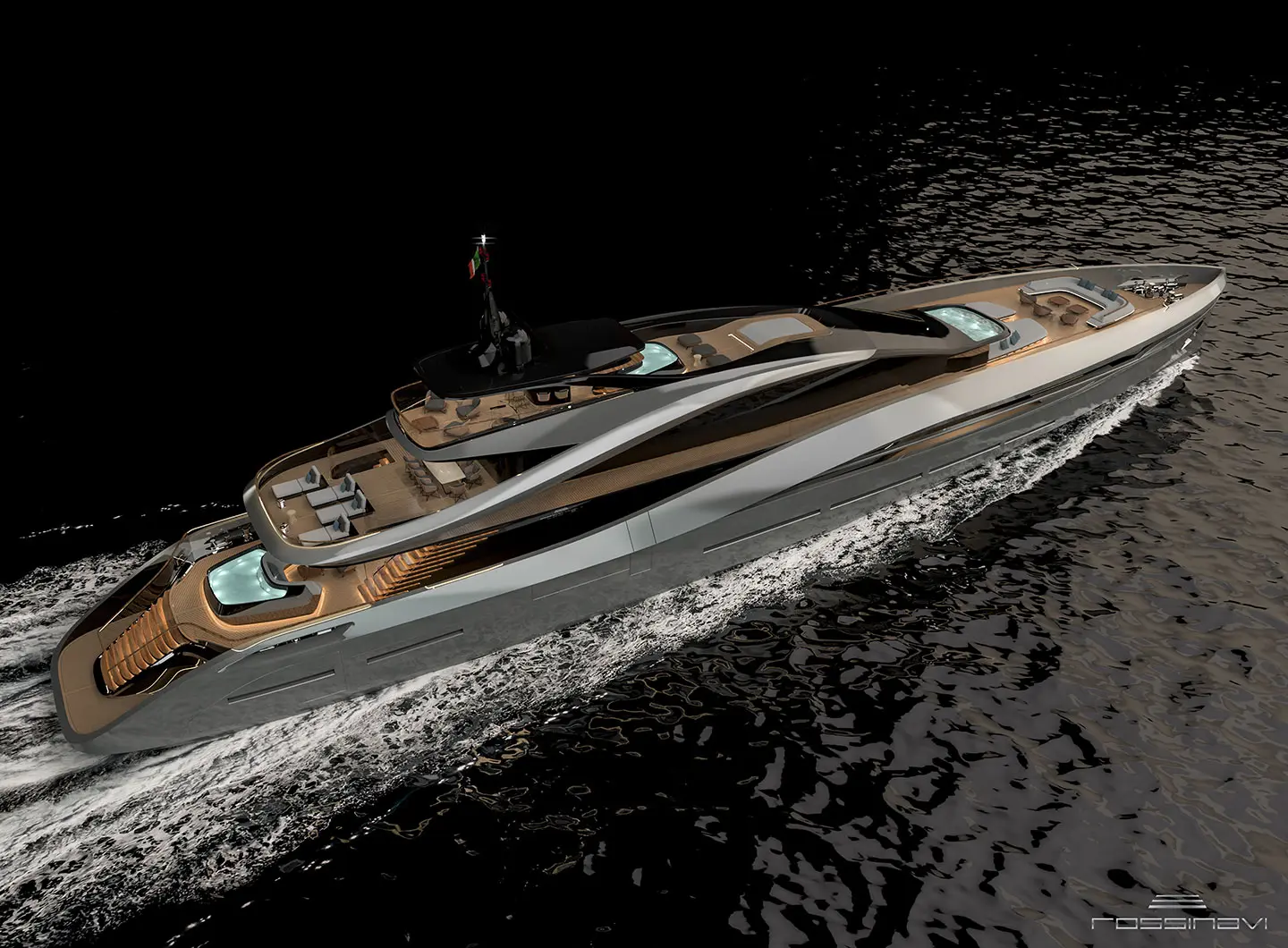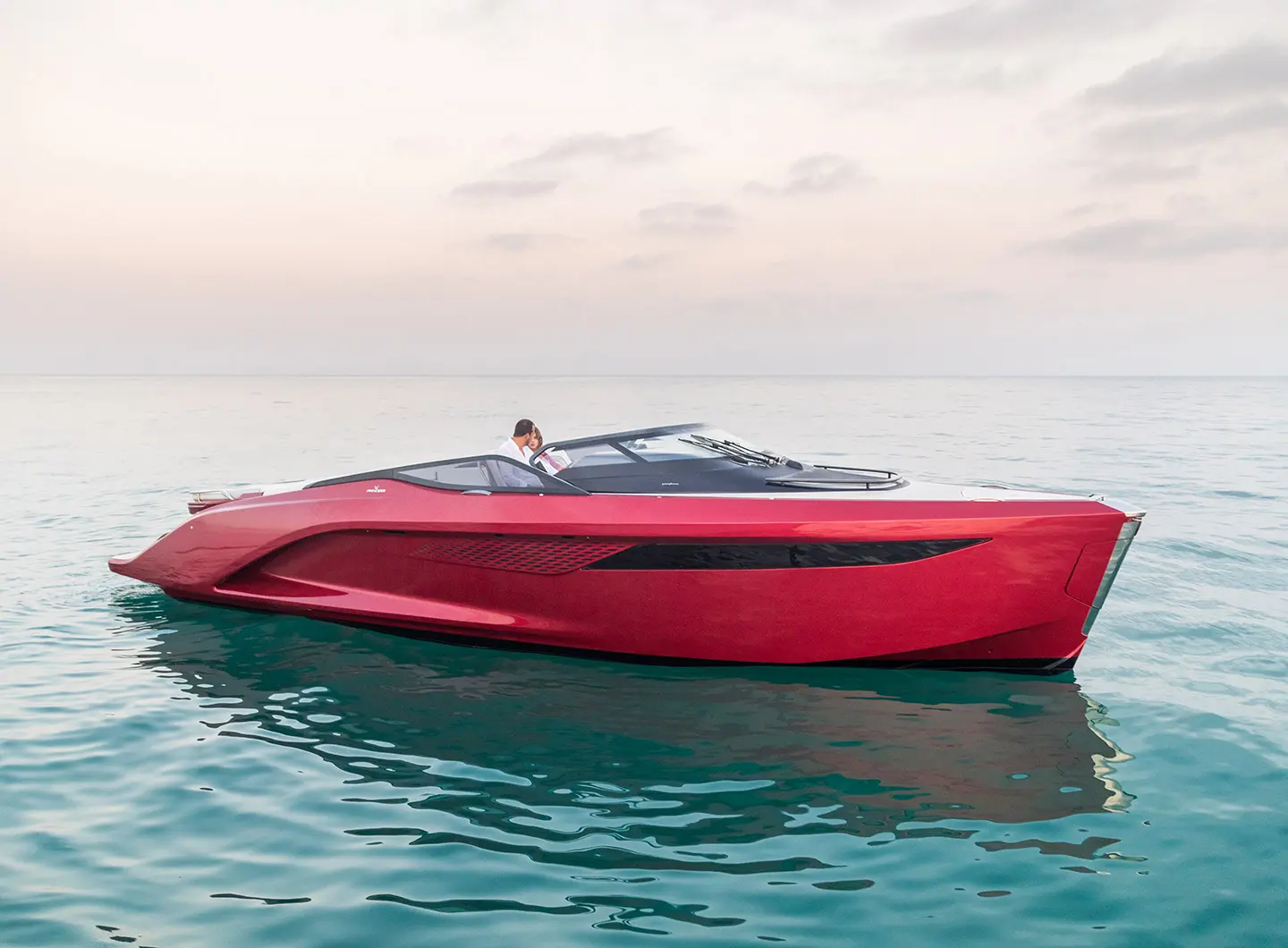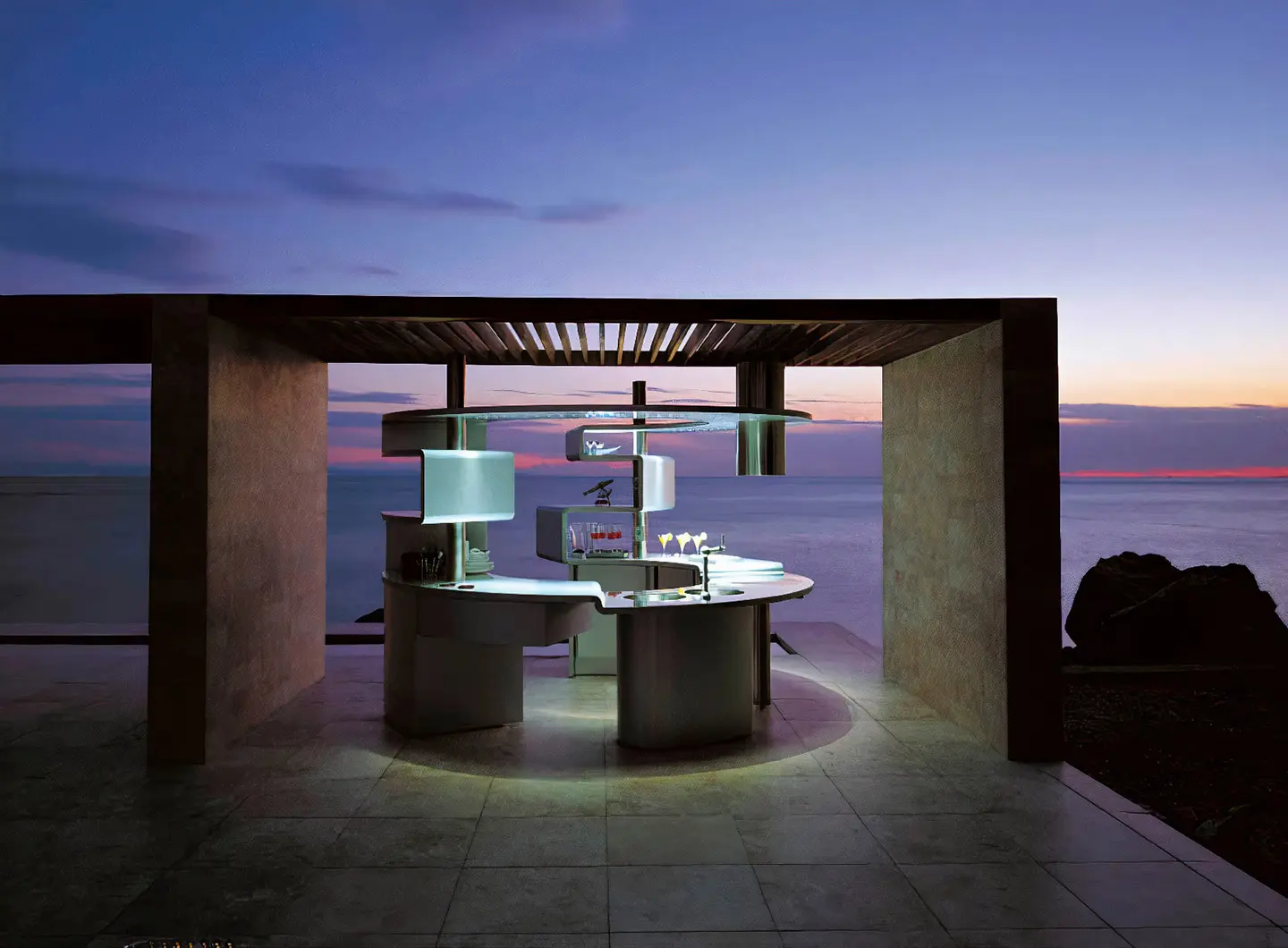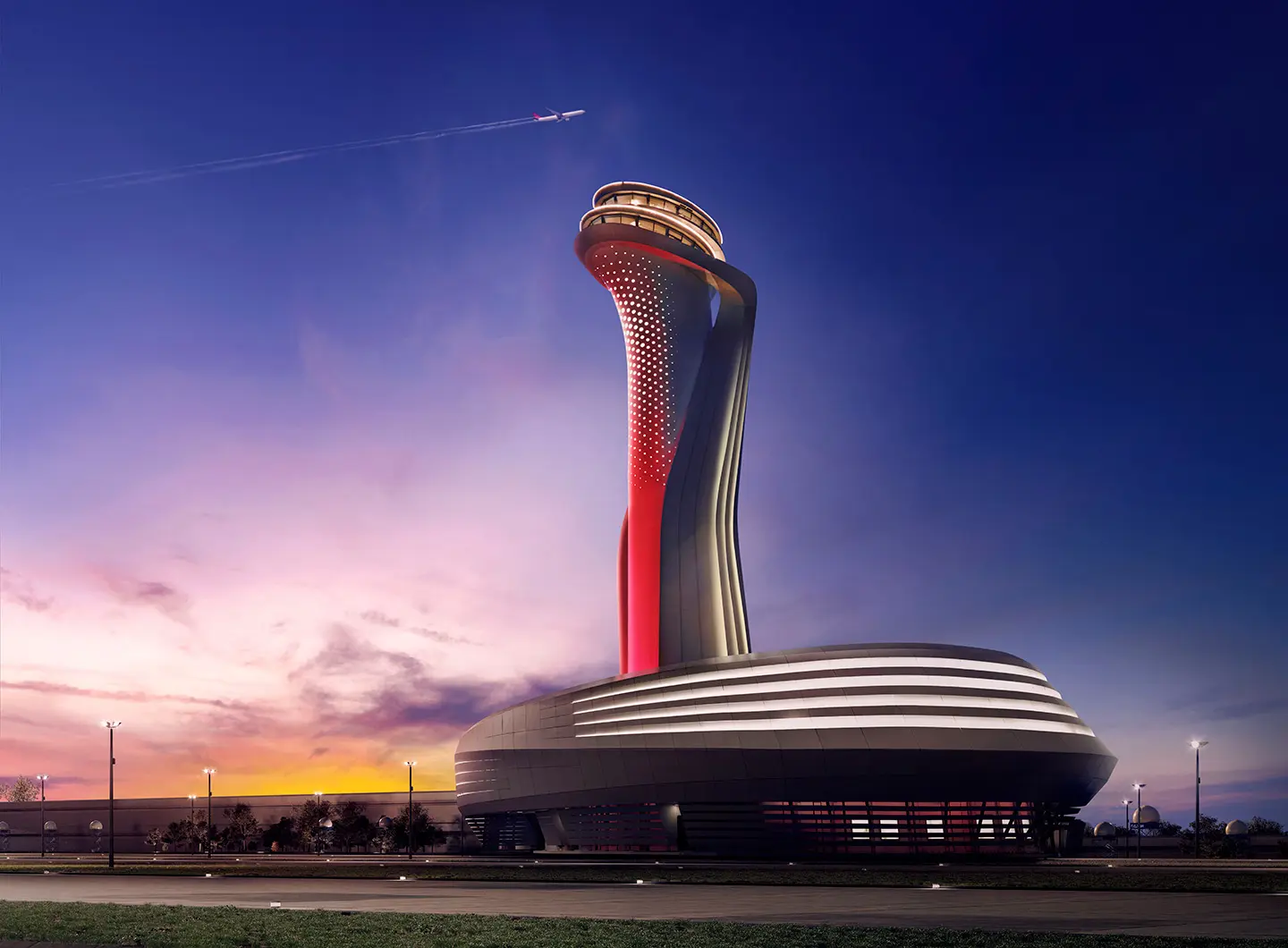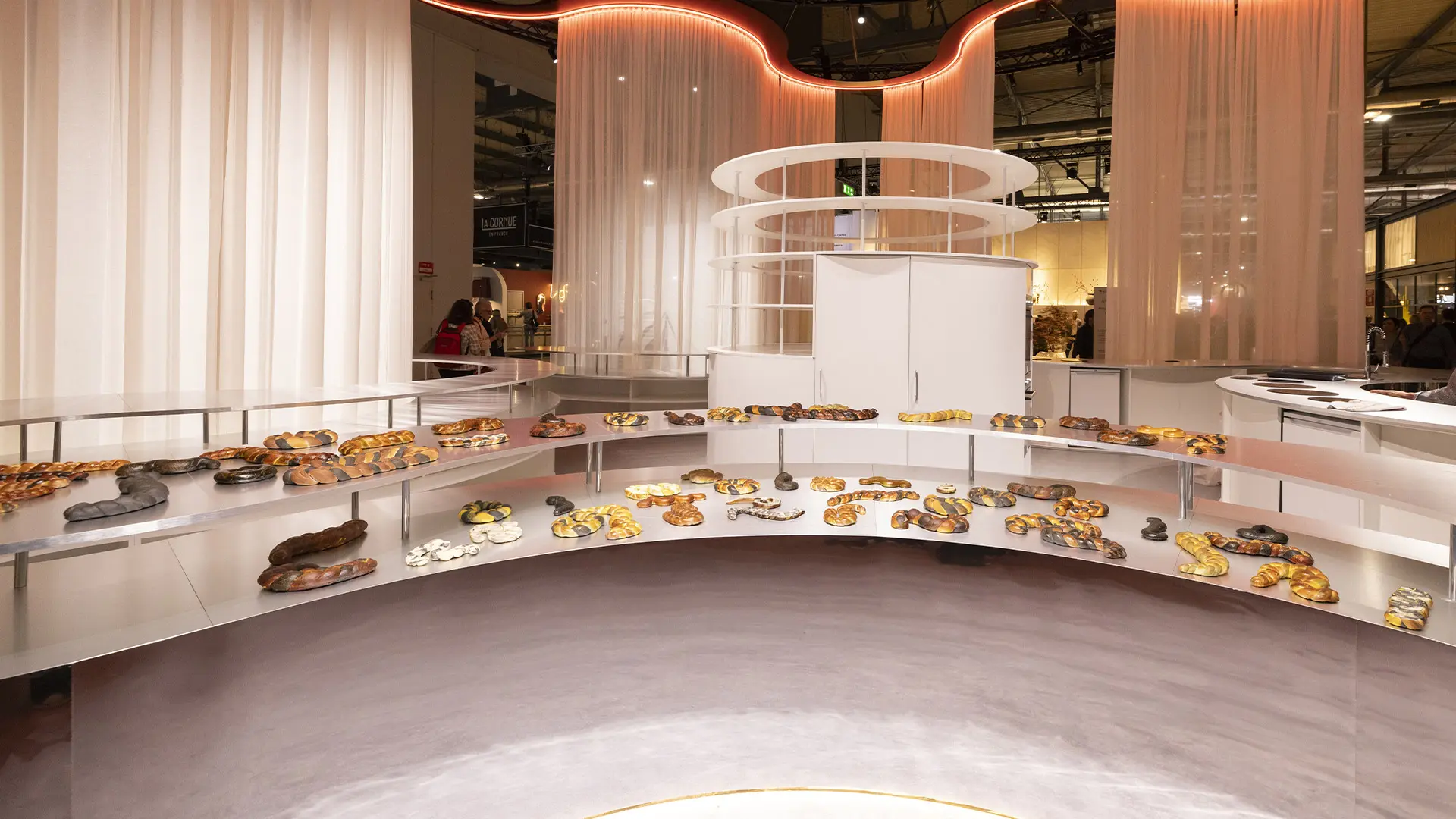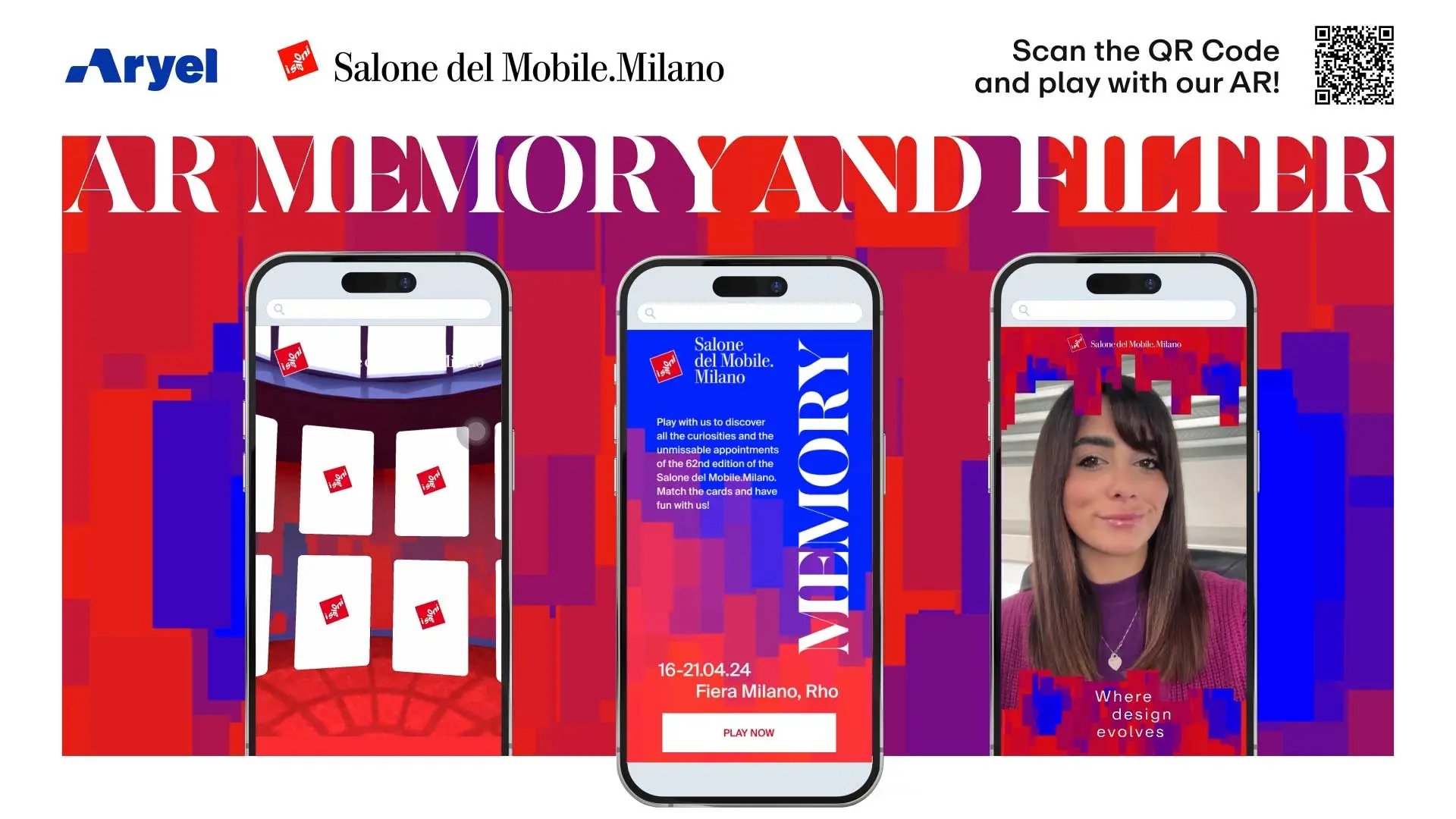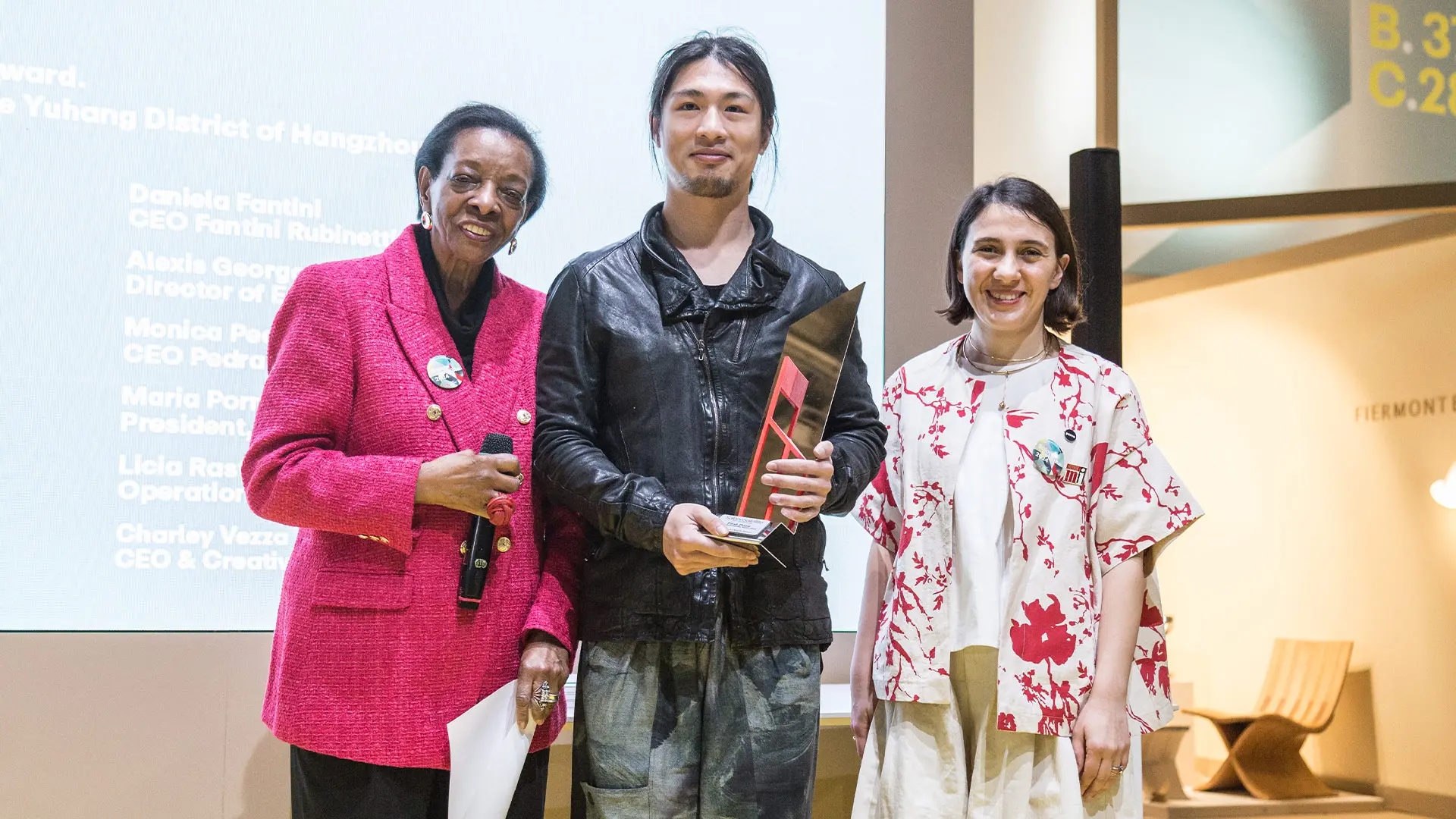Pininfarina: design as an essential factor
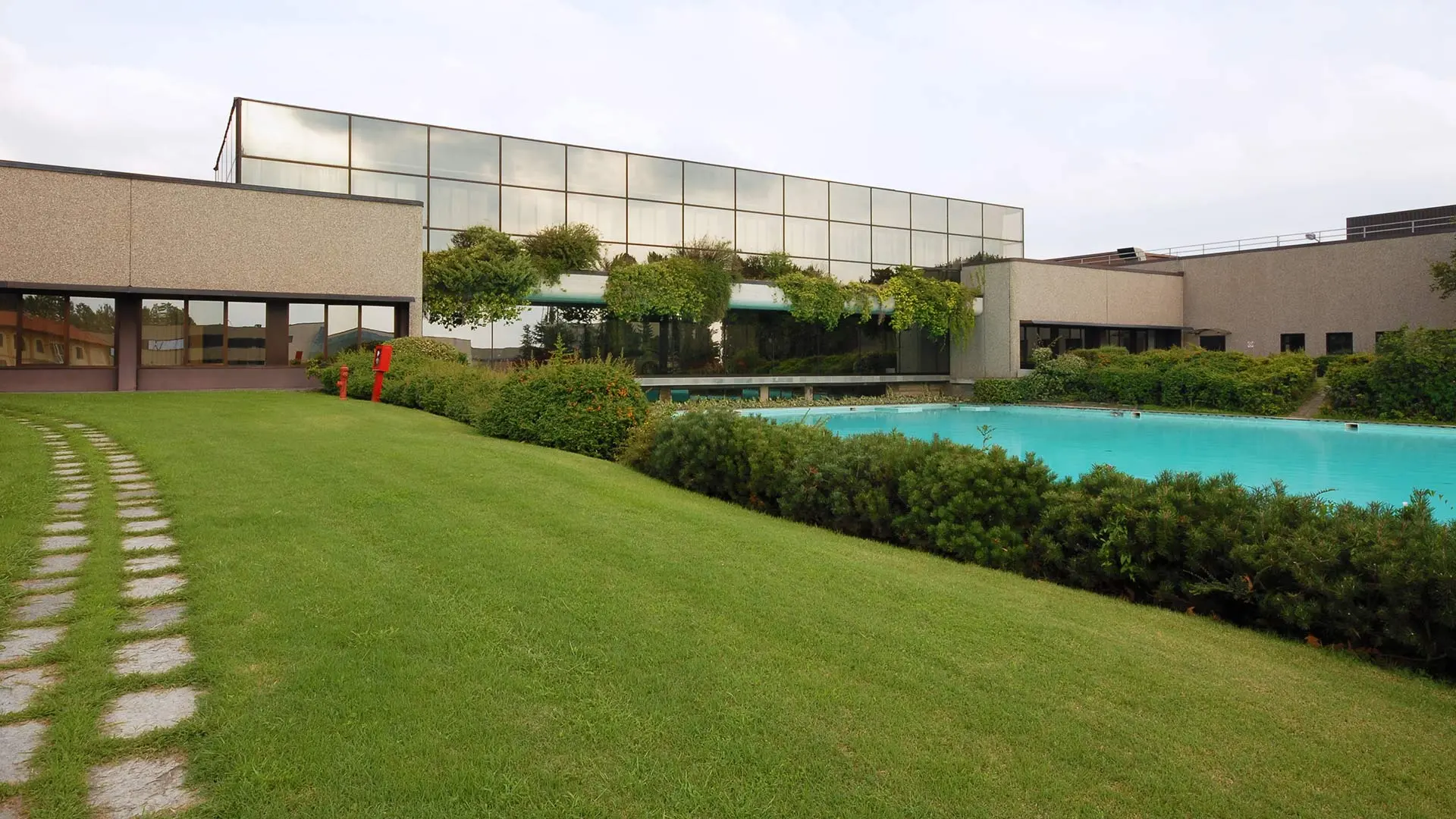
Cambiano Headquarters
A question of style. From its successful beginnings in 1930 to the celebrations for its 90th anniversary at the Triennale di Milano. This is the home of automobile design - and more - notching up records and successes.
This huge milestone was celebrated in great style last February at the Triennale di Milano. The gift was made by the historic company itself – now a global brand and an icon of beauty and elegance, and the last word in Made in Italy – to its guests, in the form of its latest project, the luxury residential complex at Estepona, in the Costa del Sol’s Golden Triangle, with the onus on sustainability.
90 years, keeping up with the times whilst maintaining the same identity as in the Thirties, when it was just a small artisan coachworks, thanks to its centrality of design, aesthetic sense, constant innovation, and ability to interpret client demands. Values passed down across three generations that have always shown themselves to be trustworthy bridges to the future.
90 made up of a multitude of numbers: +1200 vehicles designed, +600 industrial design, architectural and transport projects, +50 prizes awarded in the last 10 years; 48 years’ experience in aerodynamic research and 42 in electric mobility (theirs was the first electric vehicle, produced in 1978), 34 years listed on the stock market, 650 employees, 3 plant in Italy and 4 in other parts of the world.
The story began in 1930, when Battista Farina, known as “Pinin” (his nickname was coupled with his surname in 1961, and authorised by the President of the Republic on the grounds that the name had become associated with a certain aspect of Italian industry and style), started up the Società Anonima Carrozzeria Pinin Farina, which designed and built special chassis for individual clients or small series. While providing luxury vehicles to a select few – for royalty to diplomats, maharajahs, sheiks and actors – Pinin Farina was convinced that cars would become an essential tool for personal mobility.
Pinin Farina immediately embraced the cause of modernity and aerodynamics, defined by the founder himself as “the shape of speed.” A visionary, with a decidedly adventurous streak, Pinin Farina started up again with tenacity and determination after the extensive damage wrought by World War II. Italy’s defeat meant that it was barred from the Paris Motor Show, but Pinin and his son Sergio, undaunted, set off for France with two new models – the Alfa Romeo 6C 2500 S and the Lancia Aprilia Cabriolet – which they parked each day in front of the Grand Palais, until the exhibition organiser told Pinin Farina on the final day that he had earned a place at the following year’s show.
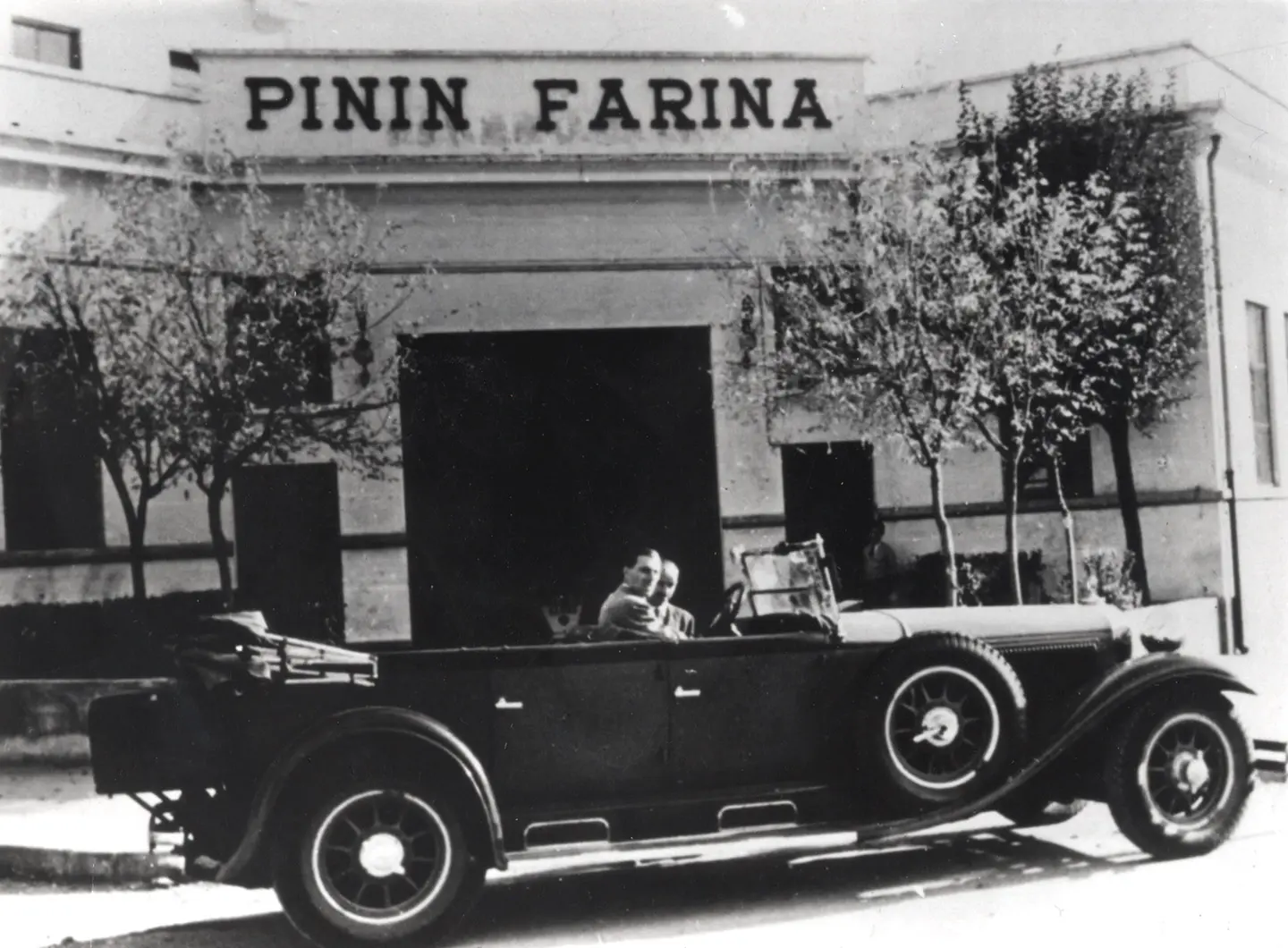
Pinin Farina’s staged protest paved the way to success for his industry/atelier: the Cisitalia 202 (1947) marked huge turning point in car design with its pure, smooth, spare lines and it was the first car in the world to enter the permanent collection of a museum of modern art - MoMA in New York. On his arrival in American in 1952 to attend the presentation of the Ambassador, which he designed, and the Nash Healey, he was greeted with a great show of esteem. This was the first time the American automotive industry had launched the name of a car designer.
“Pinin Farina style” also immediately conquered the world of American film – the Nash Healey sped into Billy Wilder’s Sabrina, starring Audrey Hepburn, William Holden and Humphrey Bogart and the Alfa Romeo 1600 Spider, renamed the Duetto Spider, became an icon with The Graduate and was thoroughly revamped and variously renamed until production ceased after 140,000 units in 1993. The same thing happened in Italian cinema with the Lancia Aurelia B24 S, the “mass produced special,” which had a starring role in Dino Risi’s film Il Sorpasso. Considered one of the best-looking cars of all time, it conquered the American market, and many of the 761 exemplars were sent to the United States. On the other hand, 27,000 Alfa Romeo Spiders, “the beautiful young lady” as Pinin Farina himself called it, conceived for the American market but soon sought-after all over Europe, marked a definitive step towards industrial production. It was, however, the Lancia Florida II (1957), Pinin Farina’s own car, that set the bar for car design, its stylistic elements influencing global car production for many years.
The company enjoyed a clear run of success during the late Fifties and the whole of the following decade - the Ferrari 250GT Short Wheel Base, par excellence, Ferrari-Pininfarina’s archetypal model of evolutionary technical and aesthetic progress, a marriage of sportiness and timeless elegance; the Pininfarina X, with its emphatically aerodynamic shape and rhomboid arrangement of the equally-powered wheels, allowing for higher top speeds and more contained consumption; the Chevrolet Corvette Rondine, its rear end a stylistic forerunner for the Fiat 124 Sport Spider; the Pininfarina Sigma, a concept car incorporating 14 technical safety features, 8 of which are to be found on cars today; the Fiat 124 Sport Spider, which instantly became one of the firm’s greatest successes, produced in a run of 200,000 and in huge demand on the American market.
The firm lost its farsighted founder in the late Sixties, but his ethos – design, looks, research, innovation and looking to the future continued to drive production. Thus the Study and Research Centre was set up at Grugliasco, and great investments funded the creation of the Calculation and Design Centre, equipped with DEA Touching Machines, a decisive step along the road to design automation, which was to be fully developed over the following decades.
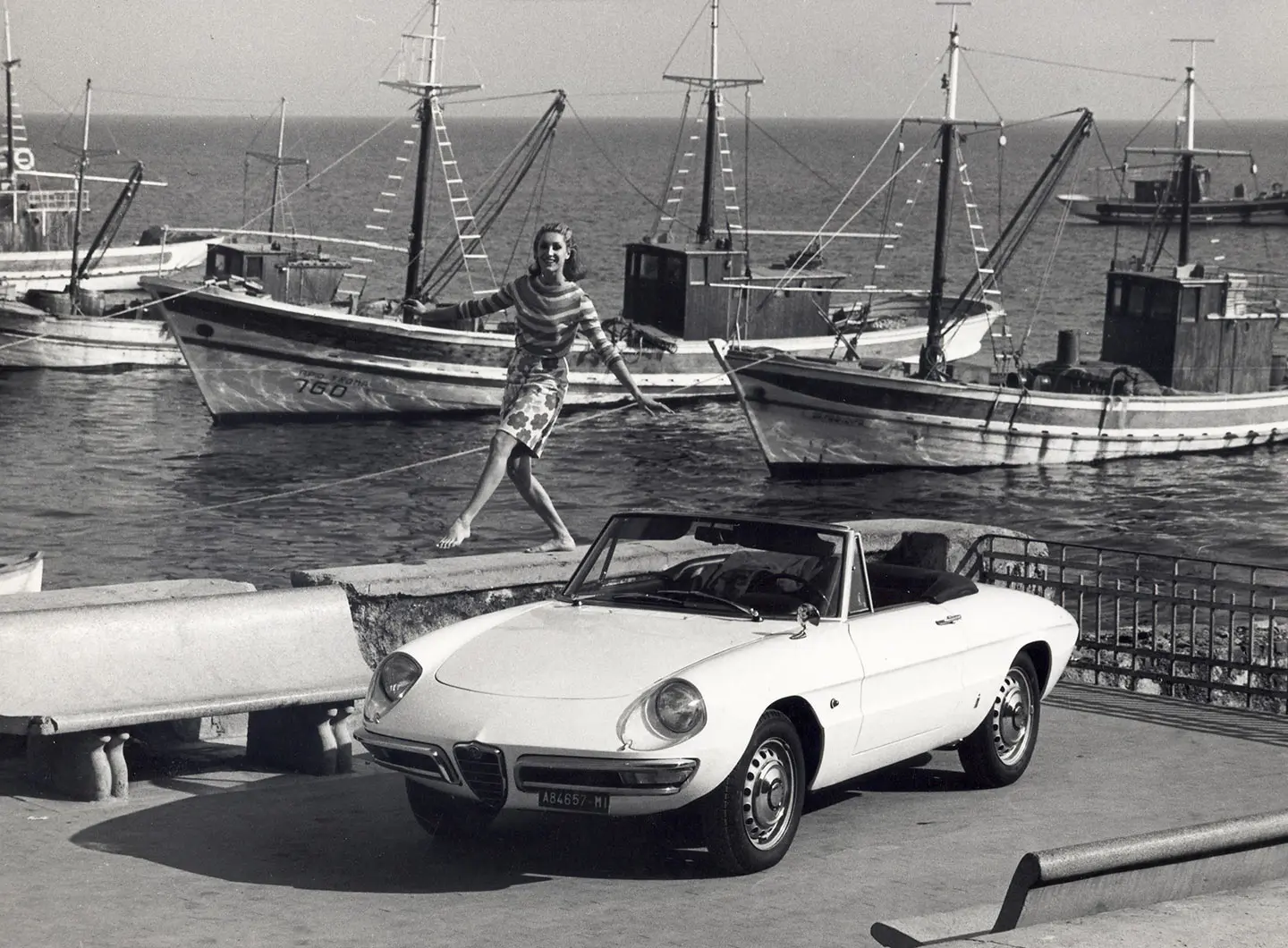
Alfa Romeo 1600 Duetto
With the energy crisis of the mid Sixties, Pinin’s favourite theme, aerodynamics, again rose to the fore. Thanks to the insight of its young president, Pininfarina had built its Wind Tunnel, enabling it to offer its clients an exclusive and vital service, thanks to the economy of its design process.
With the economic recovery of the Eighties, the firm was able to provide an enhanced design service, with all the requisite facilities for a creative business, such as new coachworks. Meanwhile, its design capabilities were extended to other methods of transport and to industrial design. Pininfarina Extra was set up at Cambiano in 1986, the same year as the company was launched on the stock market, a new plant was opened at San Giorgio Canavese and the Allanté luxury convertible was shown at the Paris Motor Show, designed and partly produced for Cadillac by Pininfarina, which sent the fully built and equipped bodies to Detroit via an air bridge run by Alitalia’s base at Caselle. 22,000 units were produced.
Still on a roll, the company set up its third plant at Bairo, near Turin in the Nineties, as well as Pininfarina Deutschland, and its productive activities saw the range greatly expanded, with four new models: the Ferrari 456 GT, the Fiat Coupé, the Peugeot 306 Cabriolet and the Bentley Azure joined, from 1996 onwards by the LanciaK Station Wagon and the multi-award winning Peugeot 406 Coupé, designed and engineered by Pininfarina. There was no shortage of recognitions during that period, too, including the 1990 Car Design Award and the assignation of a Golden Compass Lifetime Award to Sergio Pininfarina in 1994, the same prize his father had won almost forty years earlier.
The decision to set up the Engineering Centre at Cambiano in 2002 was geared to repositioning the company by adding engineering to its range of services. Meanwhile, its internationalisation activities continued with the establishment of a joint venture with Volvo Cars in Sweden, geared to developing and producing new generation convertibles. The company won more prizes in the 2000s – for the Maserati Quattroporte and the concept prototype Birdcage 75th, developed in partnership with Maserati and Motorola – and the launch of a new engineering centre in Morocco and the instauration of trade relations with developing countries, China in particular.
Pininfarina design, now no longer restricted simply to cars, was put firmly on the map, with Paolo Pininfarina (third generation) collecting the Red Dot: Design Team of the Year Award 2004. Other designs included the Olympic Torch for the Turin Winter Olympics 2006, because “the Torch has a close relationship with the car because, for us, the design is aesthetics applied to function and to the use,” said Andrea Pininfarina, who died prematurely in 2008.
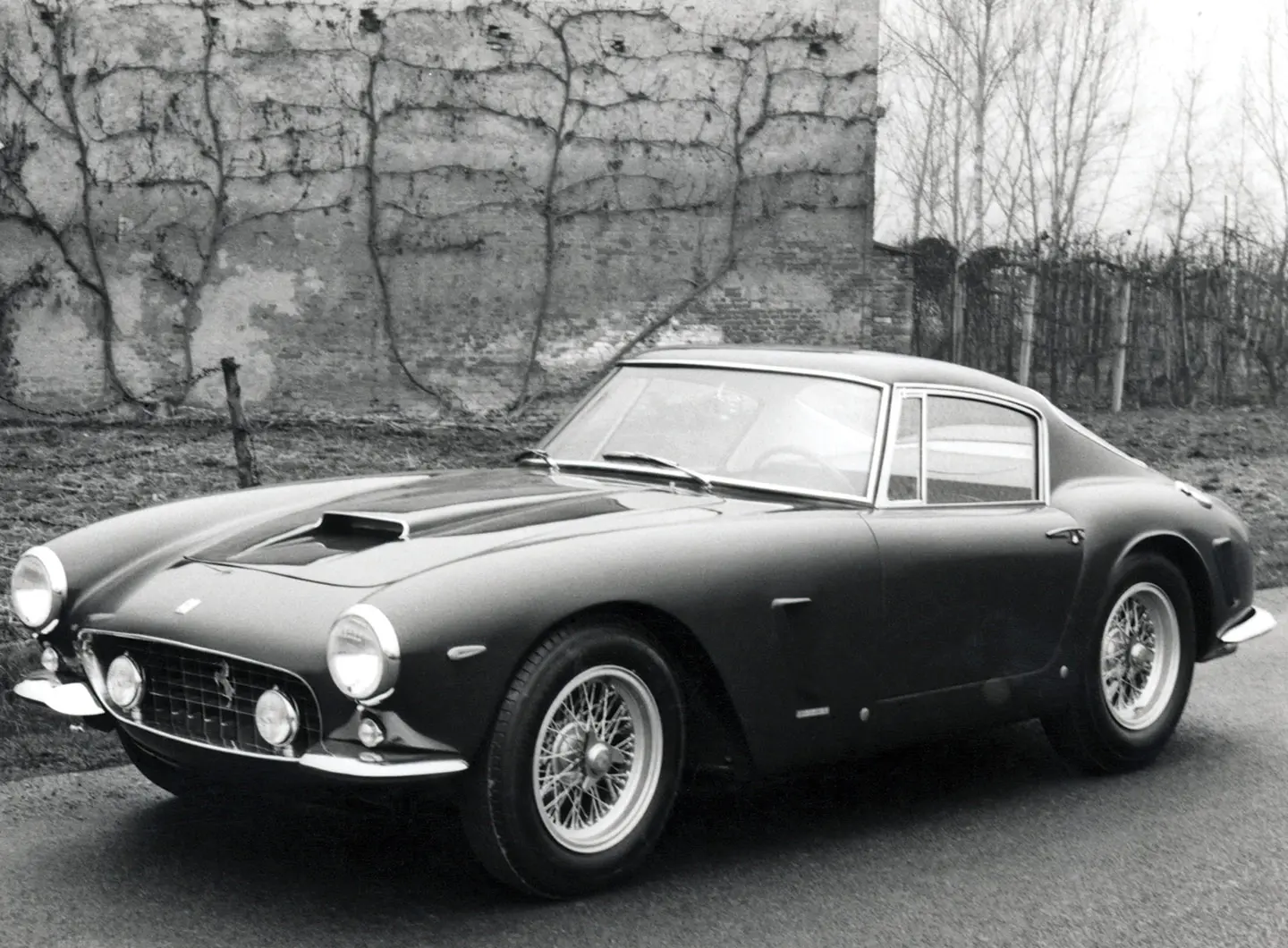
Ferrari 250GT berlinetta
In line with its vocation for innovation, Pininfarina pre-empted the larger manufacturers with regard to ecomobility with the development of the first Italian electric car in partnership with Bolloré, and presented a concept car, Sintesi, which explored solutions for cars of the future. Its commitment to sustainable mobility continued with the electric Nido EV vehicle and with the Cambiano, a luxury electric sports concept car. The company’s collaborations with new Asian manufacturers triggered dozens of new projects, especially in the field of sustainable mobility. In 2019, Automobili Pininfarina, a new brand of sustainable luxury cars owned by the Mahindra group, which had bought the company, launched the Battista electric hypercar.
Meanwhile, the company was diversifying into other fields, becoming one of leading studios of architecture and design in Italy. Based in Turin, with offices in Miami and Shanghai, Pininfarina Architecture has carried out interior design projects, including the new Rakuten Mobile concept store in Tokyo’s Shibuya district, which was inaugurated in May; furnishing projects, such as the various models of Snaidero kitchens, the outcome of 25 years’ collaboration, and the coordinated Living system for Reflex; and architectural projects, winning a host of international prizes such as the 2016 International Architecture Award for the control tower at the new Istanbul airport, the 2019 International Architecture Award for the Cyrela residential tower block in Sao Paulo and the 2019 Good Design Award 2019 for the Miami Beach bus shelters.
Pininfarina has become the indisputable benchmark for car and industrial design and is deeply committed to designing unique customer and user experiences, creating physical and digital worlds through aesthetics and technology. Its future seems certain!


